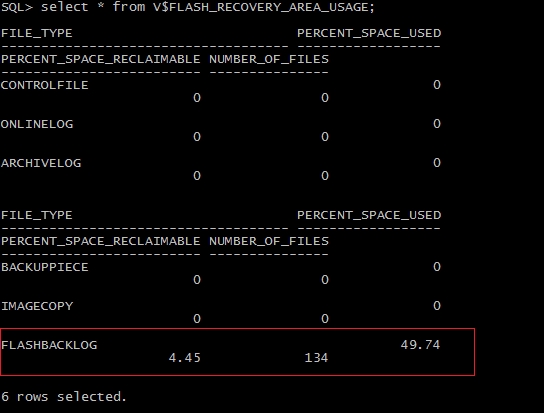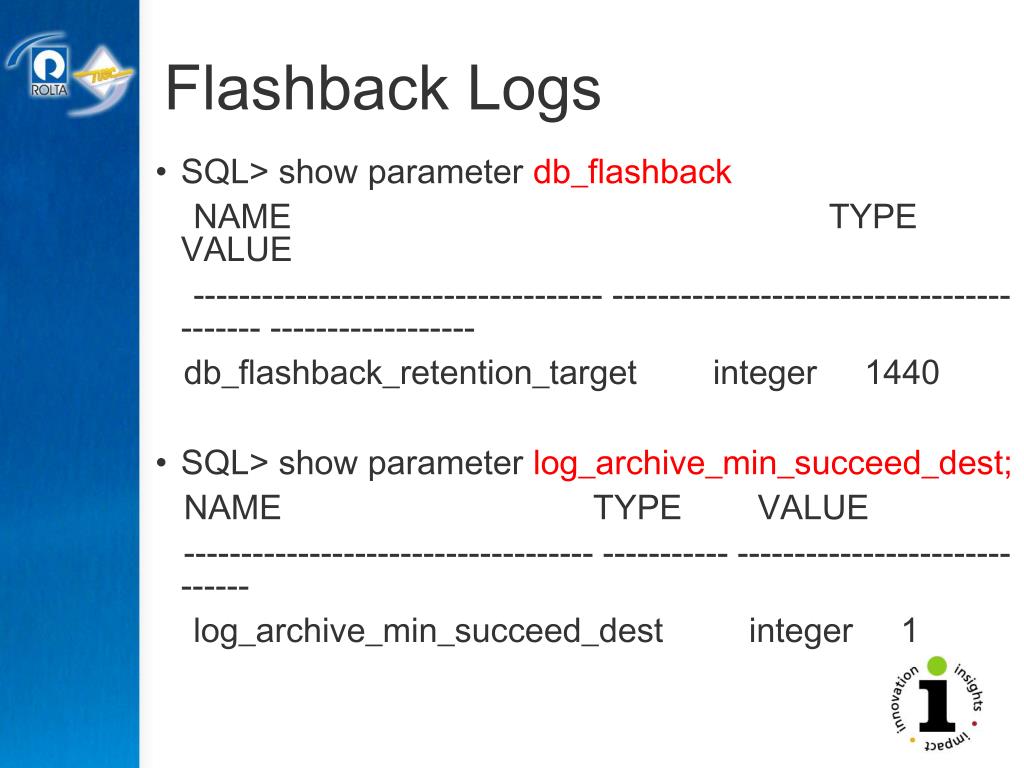
Enabling change tracking does produce a small overhead, but it greatly improves the performance of incremental backups. In Oracle 10g it is possible to track changed blocks using a change tracking file. There are performance issues associated with incremental backups as the whole of each datafile must be scanned to identify changed blocks. Fast Incremental Backups (Block Change Tracking) In this example the incremental backup is merged into the image copy as soon as it is completed.įor best performance, this method should be combined with block change tracking, explained below. RECOVER COPY OF DATABASE WITH TAG 'mydb_incr_backup' If you wanted to keep your image copy as up to date as possible you might do the following. RECOVER COPY OF DATABASE WITH TAG 'mydb_incr_backup' UNTIL TIME 'SYSDATE-7' īACKUP DEVICE TYPE DISK TAG 'mydb_incr_backup' ARCHIVELOG ALL NOT BACKED UP DELETE ALL INPUT ĭELETE NOPROMPT OBSOLETE DEVICE TYPE DISK The following script uses the same method, but includes the archivelog backups and management of obsolete backups. Notice that the tag must be used to identify which incremental backups apply to which image copies. The effect of this is that you will permanently have a 7 day recovery window with a 7 day old level 0 backup and 6 level 1 incremental backups. line will start to take effect, merging all incremental backups older than 7 days into the level 0 backup, effectively moving the level 0 backup forward. The BACKUP INCREMENTAL line will perform a complete backup (level 0) the first day it is run, with all subsequent backups being level 1 incremental backups. line will not do anything until the script has been running for more than 7 days. RECOVER COPY OF DATABASE WITH TAG 'mydb_incr_backup' UNTIL TIME 'SYSDATE - 7' īACKUP INCREMENTAL LEVEL 1 FOR RECOVER OF COPY WITH TAG 'mydb_incr_backup' DATABASE The following example shows how this can be used. Using this feature, all changes between the SCN of the original image copy and the SCN of the incremental backup are applied to the image copy, winding it forward to make the equivalent of a new database image copy without the overhead of such a backup. The flashback technologies are covered in the Flashback New Features and Enhancements in Oracle Database 10g article. The following example shows the parameters used to configure the flash recovery area.ĪLTER SYSTEM SET DB_RECOVERY_FILE_DEST_SIZE = 2G ĪLTER SYSTEM SET DB_RECOVERY_FILE_DEST = '/u01/app/oracle/flash_recovery_area' ĪLTER SYSTEM SET DB_FLASHBACK_RETENTION_TARGET = 1440
#Alter system db recovery file dest size free#
If there is not enough space to complete an operation obsolete, backed up or redundant files are removed to free up some space. Space within the flash recovery area is managed by the database.



Home » Articles » 10g » Here Recovery Manager (RMAN) Enhancements in Oracle Database 10g


 0 kommentar(er)
0 kommentar(er)
